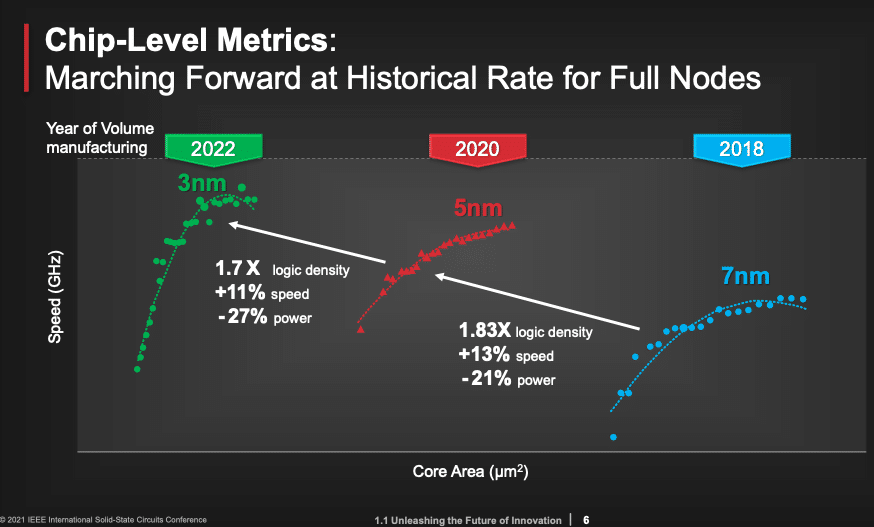The 3 nm chip manufacturing process has exceeded TSMC’s expectations in such a way that its production will be advanced and will begin mass production in 2022. There is still more, in fact, and this manufacturer has already indicated that the 2 nm and 1 nm are already on the horizon.
Everything seems to be going smoothly at TSMC, the semiconductor giant that sets the standard and this week spoke about its progress in the manufacture of 3 nm chips, considered the next “evolutionary step” in a segment that today is dominated by SoCs and memories made with 7 and 5 nm lithographs.
3 nm chip is close, but 1 nm chips are too
Liu Deyin, co-CEO of TSMC, explained at ISSCC 2021 (International Solid-State Circuits Conference 2021) how everything seems to be going perfectly in his development of 3 nm photolithographic technologies.

That advance is so remarkable that Deyin indicated how the preliminary production of these chips will be advanced in the second half of 2021, and their mass production will arrive in 2022 : it will be then when we begin to see the first SoCs that take advantage of said lithography.
The advantages, they explained at TSMC, are clear: these chips will allow the transistor density to be increased by 70% compared to 5 nm lithography, and in addition to achieving 11% more performance, they will also reduce consumption by up to 27%.
The first generation of TSMC chips of 3 NM will use the traditional Fayer process, while in Samsung they will risk more and use a GAA process (Gate All Around), theoretically more prepared so that it can work in future reductions of the photolithographic scale can be worked on.

In TSMC they have achieved seemingly notable advances in EUV machines (Extreme Ultra Violet) used to manufacture these chips, and thanks to this, they claim that this process can be used for future 1 nm chips. It is not yet completely clear when that spectacular technology will be able to reach, but TSMC is expected to massive 2 nm chips in 2023 or 2024 as late, which would at that rate would place the 1 nm chips in 2026.
Also Read | Apple M1 processor infected by malware